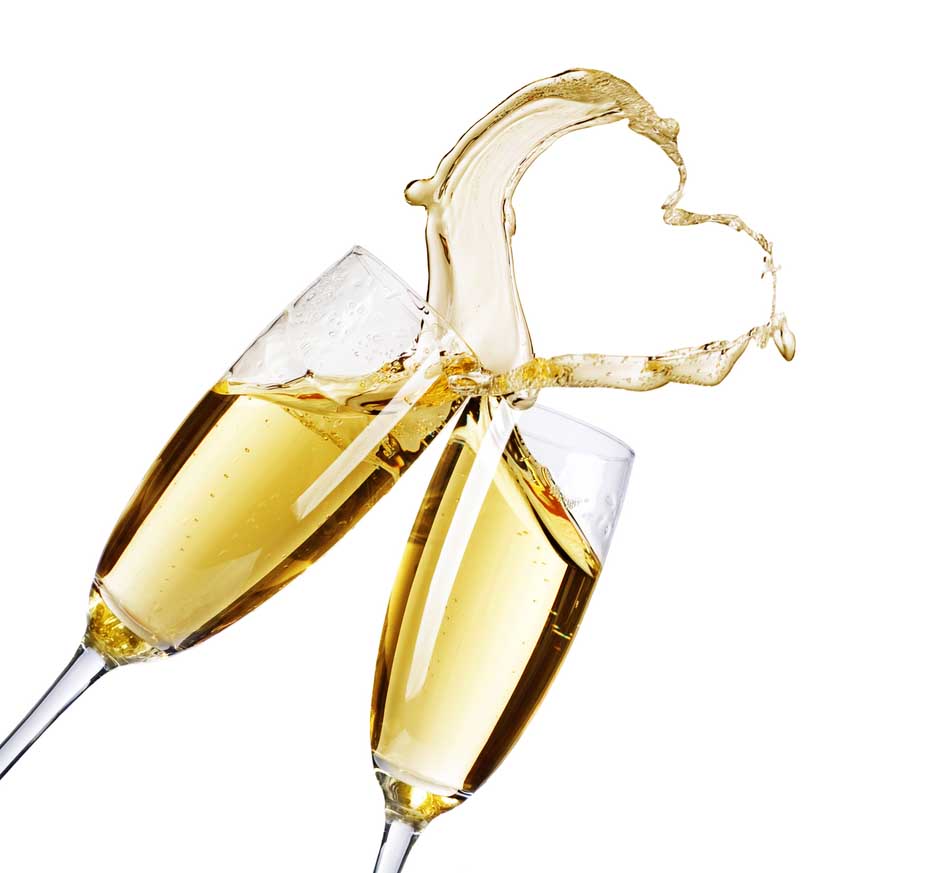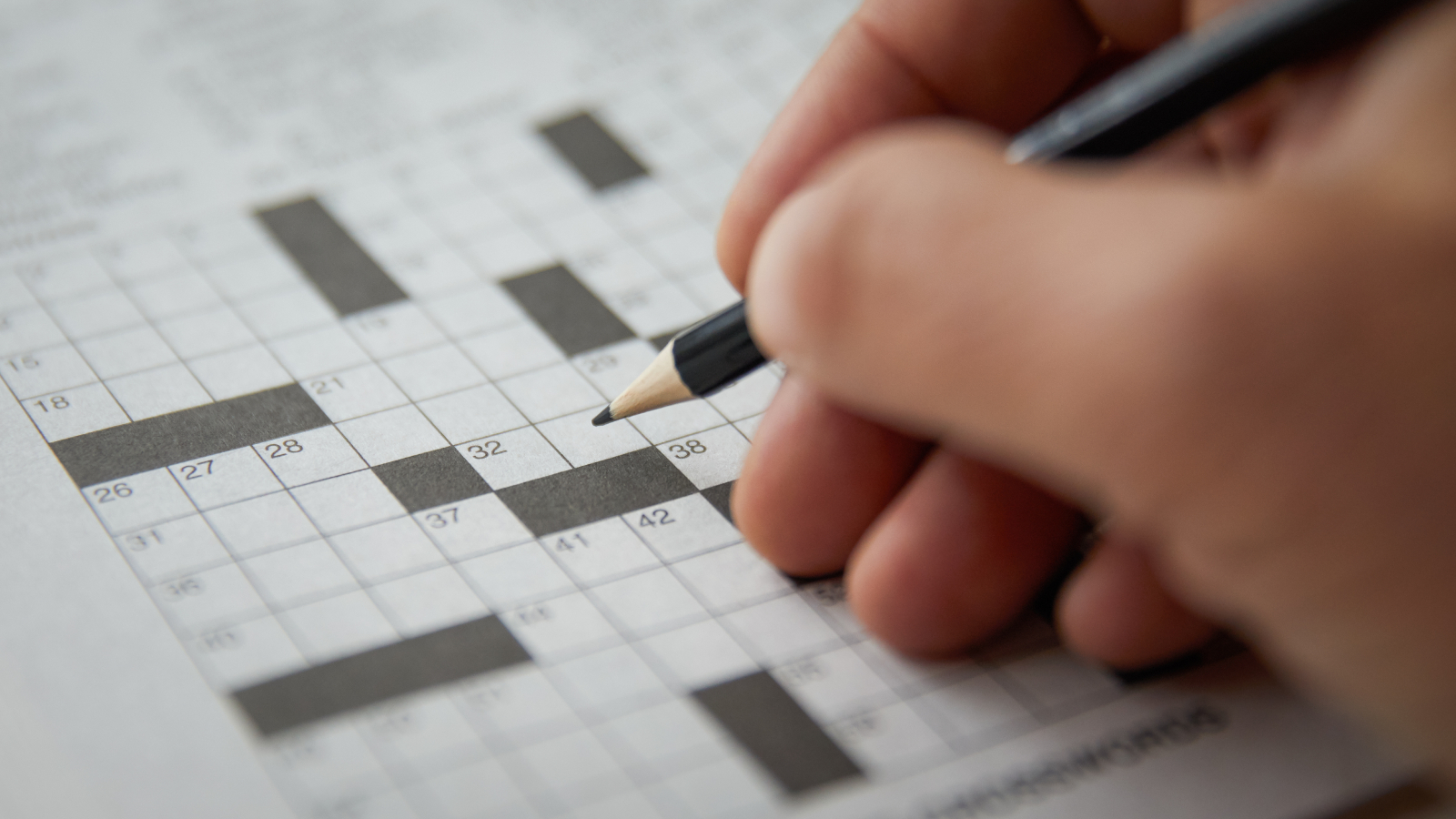Champagne Bubble Mystery Solved

Bubbly is no secret to science. When you pop a Champagne cork, yeasts ferment sugars and form carbon dioxide gas.
But only recently has a solution to spirit's mysterious gas "trains"—the tiny beads of rising air that gives champagne its sparkle—bubbled to the surface.
Scientists at the University of Reims, France have discovered that tiny gas pockets and fibers stuck on the inside of a glass—from dust or a towel used for drying—influence the timing of the bubble trains.
"Fibers entrap a tiny air pocket when Champagne is poured," said physicist Gerard Liger-Belair. "Then, this tiny air pocket literally sucks the [dissolved] carbon dioxide."
The gas bubbles grow inside the fibers, detaching from them once they reach the tip of a fiber.
Filming bubbles in a lab setting with high-speed cameras, Liger-Belair observed that as the concentration of carbon dioxide decreases in the Champagne, the distance between bubbles can suddenly change. That's why your celebratory beverage bubbles at different rates as you sip.
"This tiny bubbling system is the smallest bubbling system presenting such instabilities ever observed," Liger-Belair told LiveScience. "And what a beguiling place to discover it!"
Get the world’s most fascinating discoveries delivered straight to your inbox.
The findings are published in the Oct. 4 issue of the journal Agriculture and Food Chemistry.
The discovery suggests an experiment you can try at home. To add more fizz to a flute, wipe a glass with zeal to leave behind extra fibers. Or if you prefer a calmer toast, air-dry glasses upside down.
- Learn More : Why Does Soda Fizz?
Mystery Monday: Each Monday, this LiveScience series explores an amazing aspect of the world around you. Previous Mystery Monday articles:
